Gaming | August 22, 2023
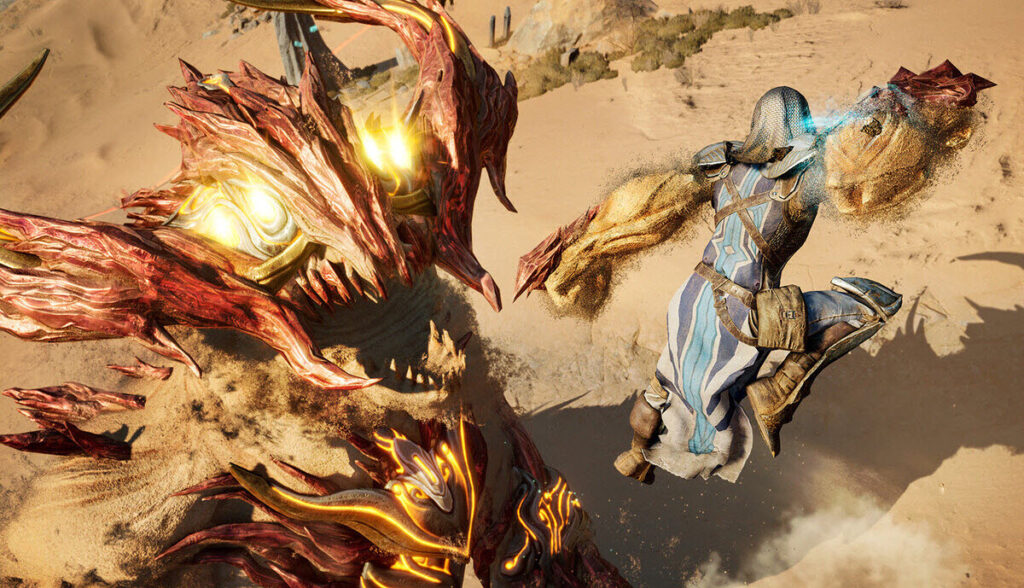
Atlas Fallen isn’t a terrible game, but it’s rather lackluster. Even making allowances for technical shortcomings, it’s difficult for me to recommend a game that doesn’t quite fit in terms of action, RPG elements, or story. It’s frustrating to see things like this because Deck 13 (the creators of The Surge) had an appealing premise in their hands: traversing the dunes of a fantasy desert, unearthing treasures, and wielding mutant weapons against colossal monsters hidden in the sand. They haven’t strayed too far from “passable,” but it’s clear they didn’t hit the mark.
The end result, sadly, can be summed up with a disinterested “meh.” While I’m certain that some people will enjoy it, and I would even anticipate a few positive reviews sneaking onto Metacritic alongside this one, I must also honestly say that for the vast majority of players, this will sink into a pit of complete insignificance, and no amount of updates will save it. From my humble perspective, Atlas Fallen suffers from a problem of scale or ambition; as if it tried to approach a triple-A model that it neither needs nor suits.
If you’ve played any of the souls-like games that the German studio Deck 13 has been producing for ten years, put your expectations aside; because, with the exception of a few ideas borrowed from their previous works, such as breakable enemy parts, Atlas Fallen is different. To give you a more precise idea, it’s an attempt at Darksiders but with the dungeons replaced by the freedom of open worlds. That sounds good on paper, and I admit the trailers are convincing, but when you get behind the controls, you notice a lot of deficiencies.
One of the first things that’s off is the character control. Clearly, the animations were created with the desert and combat in mind, but not the cities: the character runs too fast, jumps too high, and the NPCs on the street don’t bat an eye. It’s as out of place as if you brought Crash Bandicoot to Novigrad, to illustrate it somehow. The sound effects have a similar issue: despite the game’s pessimistic tone, every time your character jumps, there’s a loud “fhoomp” sound borrowed from some cartoonish PS2 platformer that doesn’t fit at all. But let’s get back to the controls; we’re not done yet.
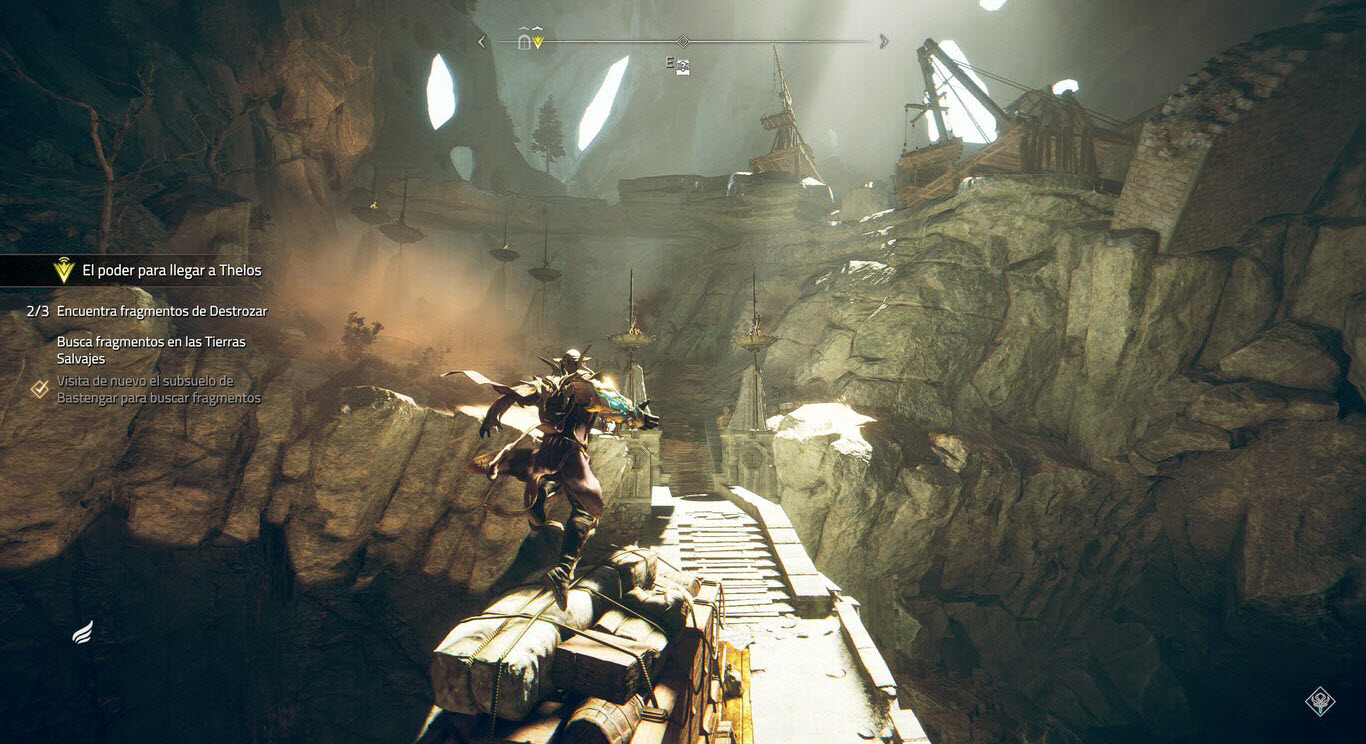
The combat in Atlas Fallen becomes frustrating as soon as you face a large foe for a very simple reason: your attacks have a strong automatic attraction that doesn’t always hit as desired, or they don’t hit at all because your character gets stuck under the enemy’s feet. Don’t misunderstand me here, it’s great that the game is trying a new and fresh style. It’s as if all modern action RPGs had to be molded based on the style popularized by FromSoftware, when that’s not the reality at all. I welcome the change in tone, but the execution falls short.
Since we’re on that topic, let’s open the can of progression: even though the game insists on giving me materials, money, and modifiers, at no point did I feel naturally inclined to craft equipment or enhance what I already had. That mainly happens when I’m in front of an anvil and a notification pops up alerting me that my inventory meets the requirements to craft something. But even with armor at its maximum or multiple passives accumulating effects, I don’t notice any improvement because ultimately, combat boils down to dodging blue attacks or parrying red ones.
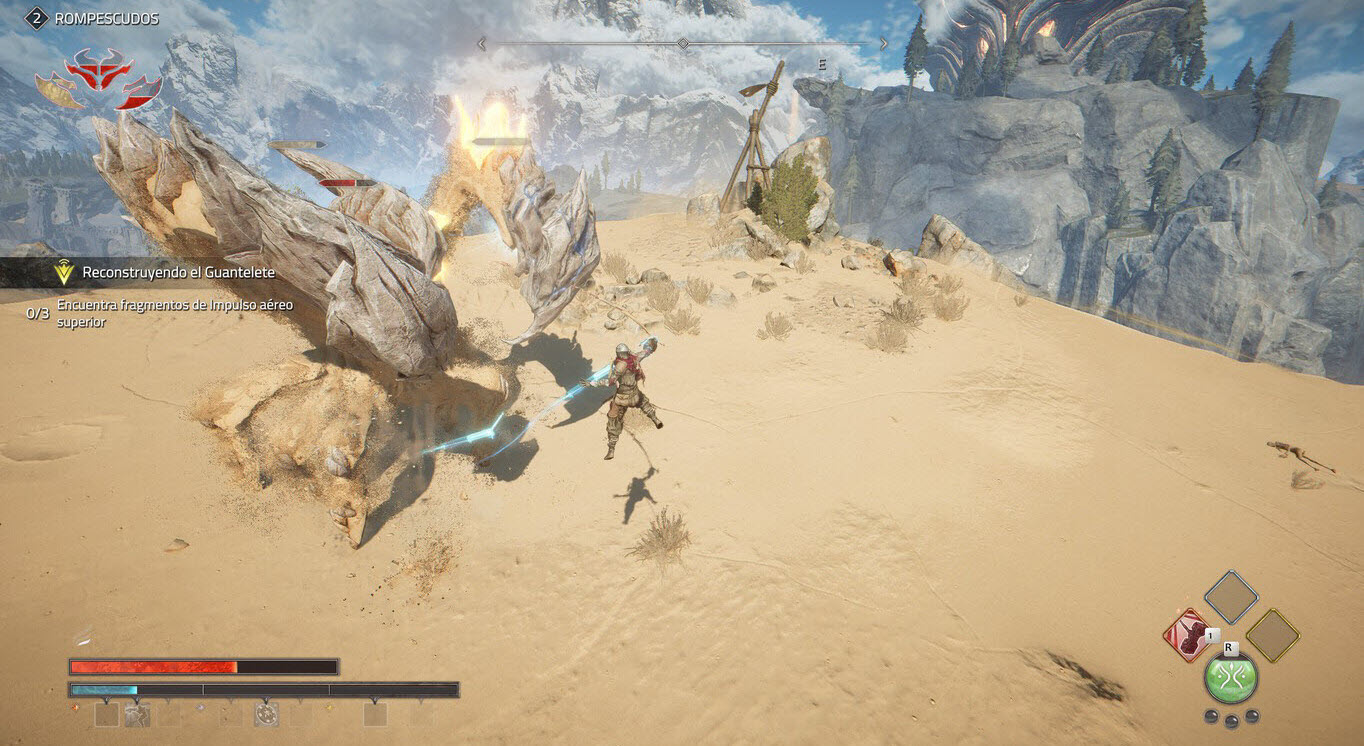
Which is funny because the game urges you to take it seriously and encourages you to look for depth that doesn’t really exist. As soon as you finish the tutorial and are set free to explore the desert, you’re bombarded with a wealth of information about essence gems, gem fusions, essence dust, skill sockets, and glove pieces that grant powers. There are three different screens to manage armor, plus one to buy new skill slots, and another to equip or upgrade these skills. At that point, you might think, “Wow, what have I gotten myself into?” But the reality is that it’s all for show.
Let me give you an example: armor sets have various statistics like attack, defense, or luck; with minor variations from one to another that the game doesn’t bother to break down. What exact damage absorption do I have? How high is my critical percentage? Who knows. The thing is, even when you level them up, you get a permanent currency that you can exchange for advantages in an anvil menu. These advantages do things like “move faster when picking a flower,” which don’t have much effect on the overall experience. Gems, on the other hand, confer passive or active abilities that do add a bit of color to combat.
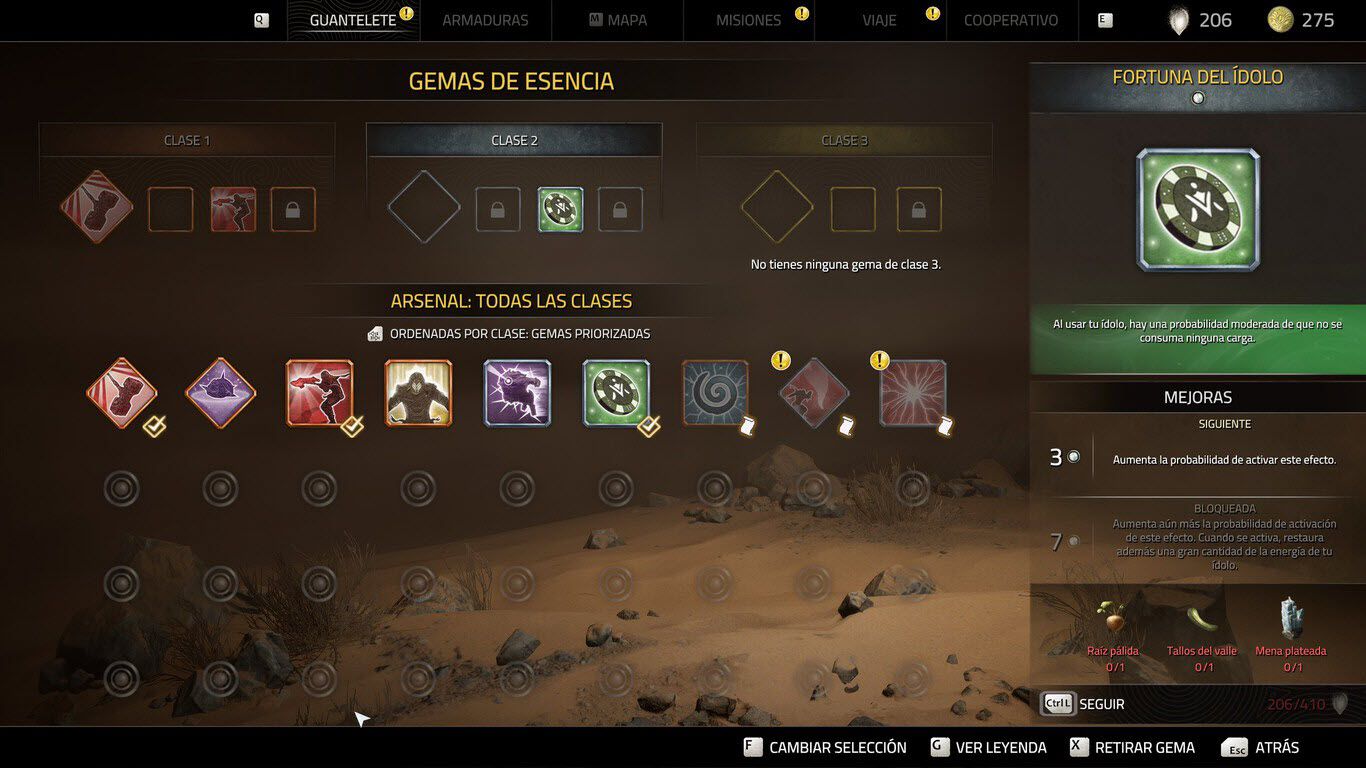
There’s more to it than that, but as you can see, none of the loot is particularly exciting or transformative. We’re talking about multiple layers of progression that feel completely artificial and unnecessary: Atlas Fallen has you gather materials and money only to feed the facade of a triple-A open-world RPG that it hasn’t achieved through its own merits. It feels like the only reason you have so many gems, upgrades, and currencies is to excuse the need to put rewards in the chests scattered around the environment, but that’s of little use if you don’t enjoy collecting them.
Fortunately, the maps are beautiful, vertical, and require a lot of jumping, making you forget for a few moments that you’re repeating a very simple button sequence (two jumps and up to three mid-air dashes) to collect artifacts created with the goal of encouraging you to talk to the next NPC merchant you encounter: you sell them in bulk and move on. It’s one of the many ways Atlas Fallen tries to immerse you in a gameplay loop that you weren’t particularly drawn to in the first place. It’s somewhat decent at platforming, but it confuses you with things that are unrelated.
Over the course of about 10-15 hours of the campaign, you visit numerous settlements and villages scattered across the main regions, picking up missions from various characters that help you understand the history of your glove and the spirit within it, Nyaal. The story isn’t particularly interesting; it’s more about world-building than anything else. To make matters worse, the version I played had a worrisome amount of misaligned subtitles. What’s displayed on the screen doesn’t make sense or correspond with what’s being said in the game, and since the dialogue is only in English, you better have a good ear to understand anything. I assume this will be fixed with patches, at least.
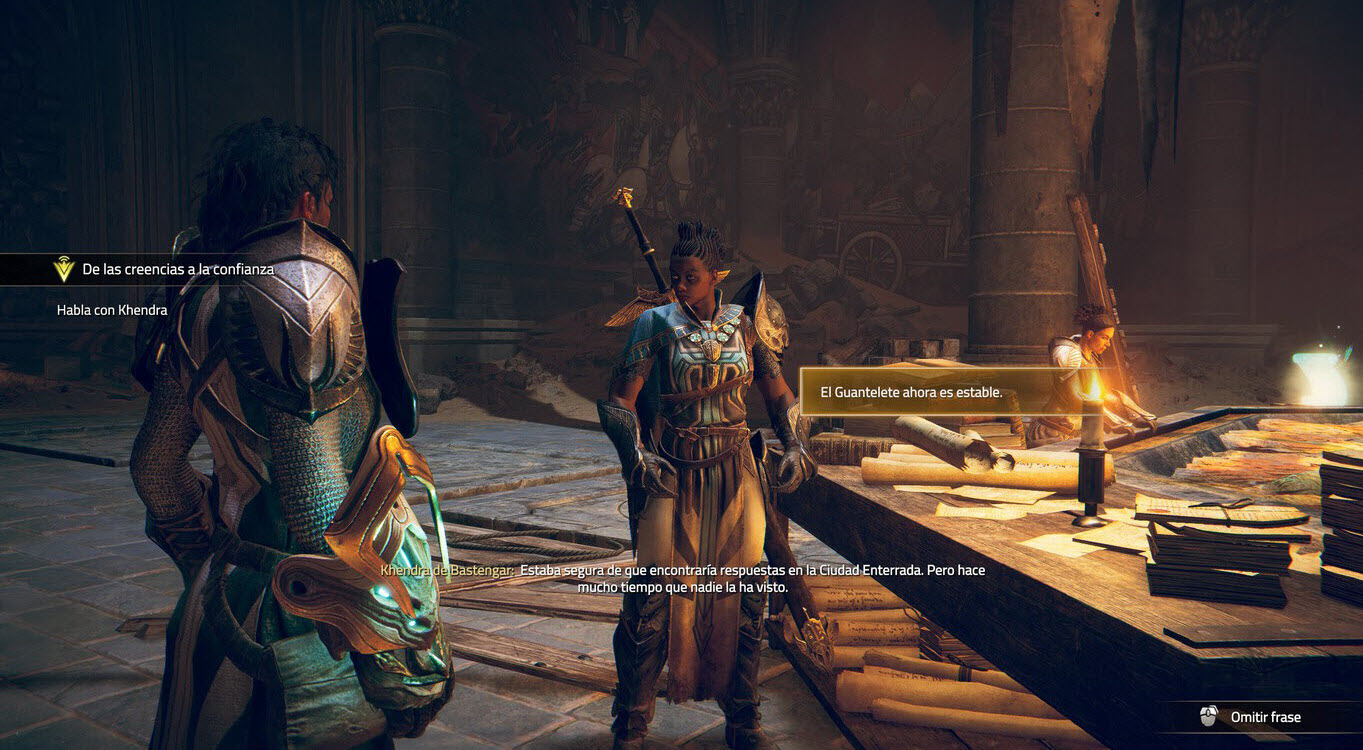
You can play the entire campaign in cooperative mode with a friend, by the way, although the matchmaking process is a bit confusing: you can send them a Steam invitation or a special code, but if they’re on “another PC gaming platform” — which is strange, because at the time of writing, it’s not available on Epic Games — one of you will have to search for and use their IP to connect to the game through a specific router port. I must admit I haven’t had the opportunity to test this feature for the review due to the realities of evaluating games that aren’t yet released.
Of course, by now, you have an idea that I didn’t enjoy Atlas Fallen very much. If you ask me whether it’s worth it, I have a clear answer. However, I’ll also acknowledge that I’ve seen three or four good things about it that don’t change the final evaluation. Navigating through the environment, for example, is interesting to me: your character has a fairly satisfying animation for gliding through the sand, and the landscapes are so vertical and vibrant that it’s impossible not to take occasional screenshots. It’s entirely an artistic matter because the technical aspect leaves much to be desired.
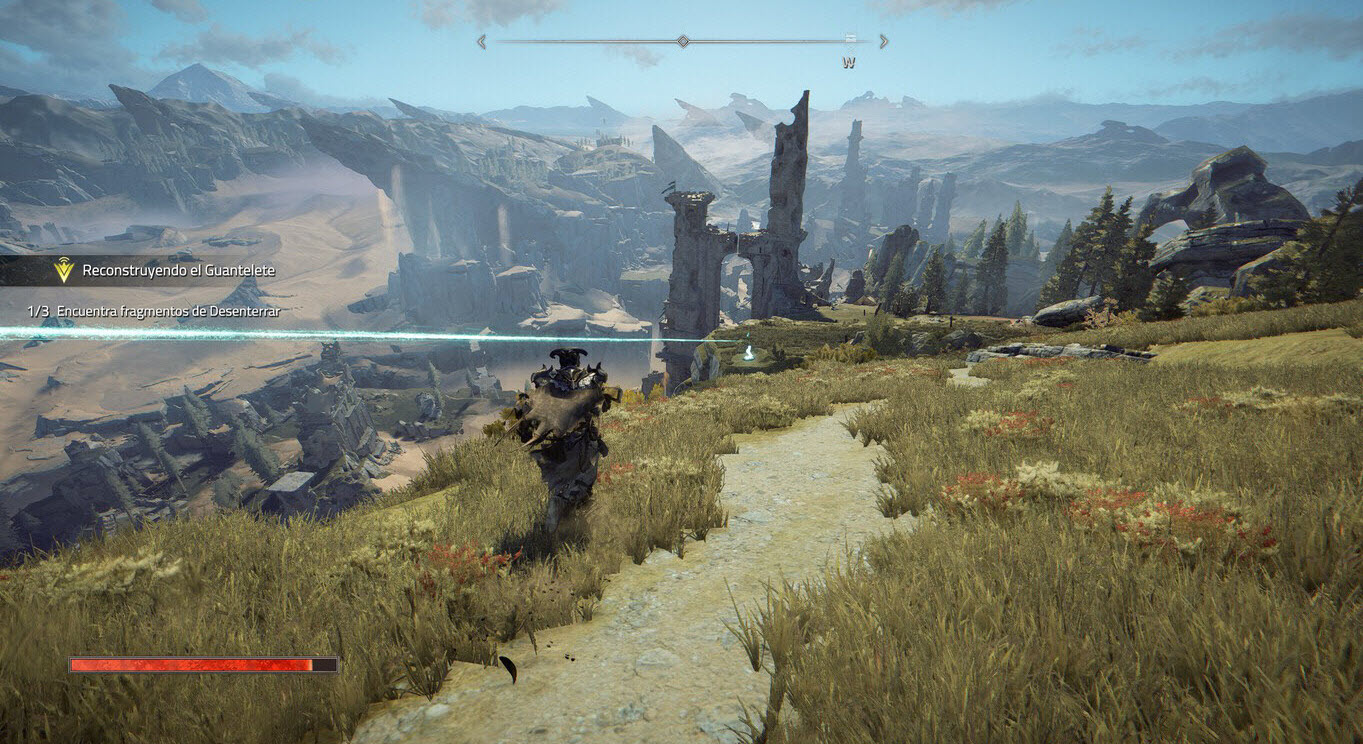
Another thing I’ve liked is the ascension mechanic, which we’ve discussed before on 3DJuegos. The idea is that as you maintain the combo bar, your weapons become larger and heavier: you deal more damage in exchange for taking more damage as well. It’s an interesting way to manage difficulty for more skilled players, also rewarding them with access to more powerful abilities. However, as mentioned earlier, the controls become somewhat imprecise, undermining the potential of this innovation. Hopefully, future games from Deck 13 will make better use of it.
And I must also commend the level design, which somehow manages to prevent searching for treasures with two jumps and three dashes from becoming tedious. There are secret hideouts scattered across all regions, “Metroidvania-esque” doors locked until you unlock the next power, and a rather interesting division of terrain. I only wish the map was better marked to avoid having to circle around massive mountains every now and then. But it’s a clear sign that the studio still has a knack for interesting worlds, and I trust they’ll do better in the future.